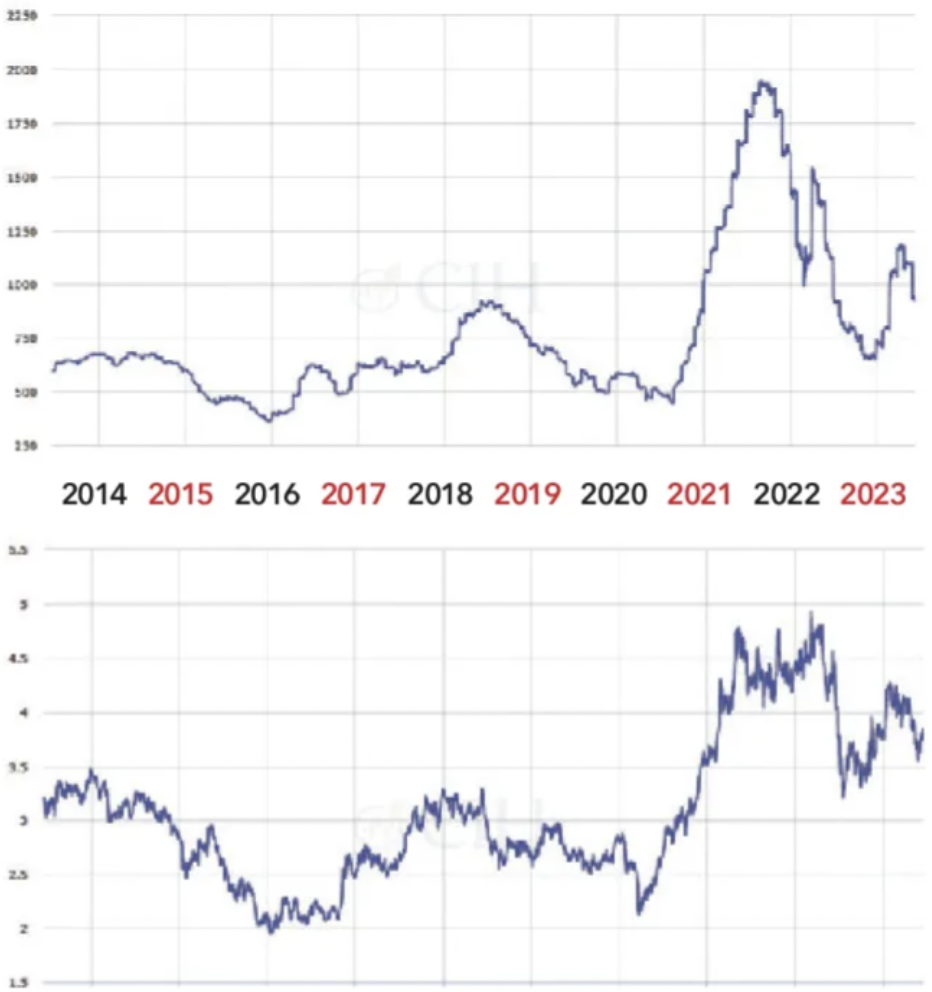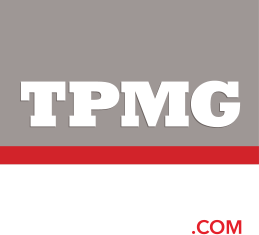Effectively manage price risks, costs and financial planning while nurturing customer relationships, promoting stakeholder confidence and ensuring compliance
July, 2023- Effectively manage price risks, costs and financial planning while nurturing customer relationships, promoting stakeholder confidence and ensuring compliance.
Metals company stakeholders face a tremendous amount of uncertainty, and throughout the COVID-19 pandemic, unprecedented commodity price volatility has presented a significant challenge to market participants worldwide. However, a modern commodity risk management program can help stabilize an otherwise bumpy ride. Managing risk can be more of an art than a science. Some companies prefer to lock in prices with futures contracts, while others may select more complex strategies using options to retain opportunity for the market to move in their (or their customers’) favor. Whether your company has ample experience in commodity hedging or is looking to begin implementing metals price management, it’s important to first understand where your risk lies.

RISING PRICES of steel and copper over the past decade may have boosted revenues for many companies, however, the increased volatility and cost pressures have presented new challenges
IDENTIFYING RISK EXPOSURE
Management consultant Peter Drucker once said, “You can’t manage what you can’t measure.” However, if you can measure it, you can manage it.
Most companies that Commodity & Ingredient Hedging LLC works with in the metals sector are purchasing inputs, transforming the product in some way, and selling product to a further processor or end user. Price risk exists when price and quantity are fixed for one component (inventory purchase or sales) and remain open, or unfixed, on the other. The first step in the metals risk management process is to identify when and where price risk begins. This process allows companies to understand whether they face risk to higher prices, risk to lower prices or potentially both, depending on the nature of the inventory purchase and sales price method.
For example, you’ve sold a truckload of metal to a customer for delivery in two months. The quantity and price are established with the customer on the date of the order. If the metals supplier does not have inventory on hand to fulfill the needs of the order, it faces risk of higher raw material prices between today and the day of procurement. If prices rise, the supplier will pay more for the input and face a lower profit on the sale. The supplier may be interested in reducing or eliminating this upward price risk by using a hedging instrument (futures, options, swaps, etc.) that will help offset the higher price paid in the physical market.
On the flip side, if a sale is made, the supplier has inventory on hand to fulfill the sale, but the final price is set on the date of shipment (or some other future date), the company faces risk to lower raw material or finished goods prices. Similarly, unallocated inventory on hand that is not yet associated with a future sale represents risk to lower prices for metals suppliers. A hedging tool that gains in value should the broader market fall would help reduce this inherent risk. Understanding how your company may have risk to both higher and lower prices is a critical starting point in determining how to begin protecting that risk.
A DAILY REPORT
Most metals companies have a continuous flow of purchases, inventory levels and forward sales. These moving parts may have risk to higher or lower prices, depending on the nature of the transaction. Based on the inventory and sales flow, the company’s risk exposure can change several times a day. A daily position report (DPR) or similar system allows for companies to match inventory and sales across time. The tool provides transparency on aggregate of the overall commoditybased position and associated risk exposures. For companies with an array of metals exposures, contract durations and variable volumes, the DPR is the playbook for hedge policy management and allows managers a quick look to determine the size and direction of their risk on the books. Paired with a coordinated plan of reporting and quality checks, the DPR can fundamentally change the way in which companies manage their risk by organizing across departments and timeframes.
OVERVIEW
Given the volatility in metals prices, risk management can be intimidating at first glance. In a fastpaced environment, it is critical to know whether inventory has risk to higher or lower prices and whether price risk is completely eliminated once a sale is on the books. We believe that if one can consistently identify, measure and monitor this risk through a DPR, one will have a leg up on competitors and potentially provide additional value to customers. A sound risk management process is a vital aspect of strategic decision-making and overall business success.

Dustin Baker is manager, education and research, for Commodity & Ingredient Hedging LLC (http://cihedging.com/). Trading futures and options carries a risk of loss. Past performance is not indicative of future results.












